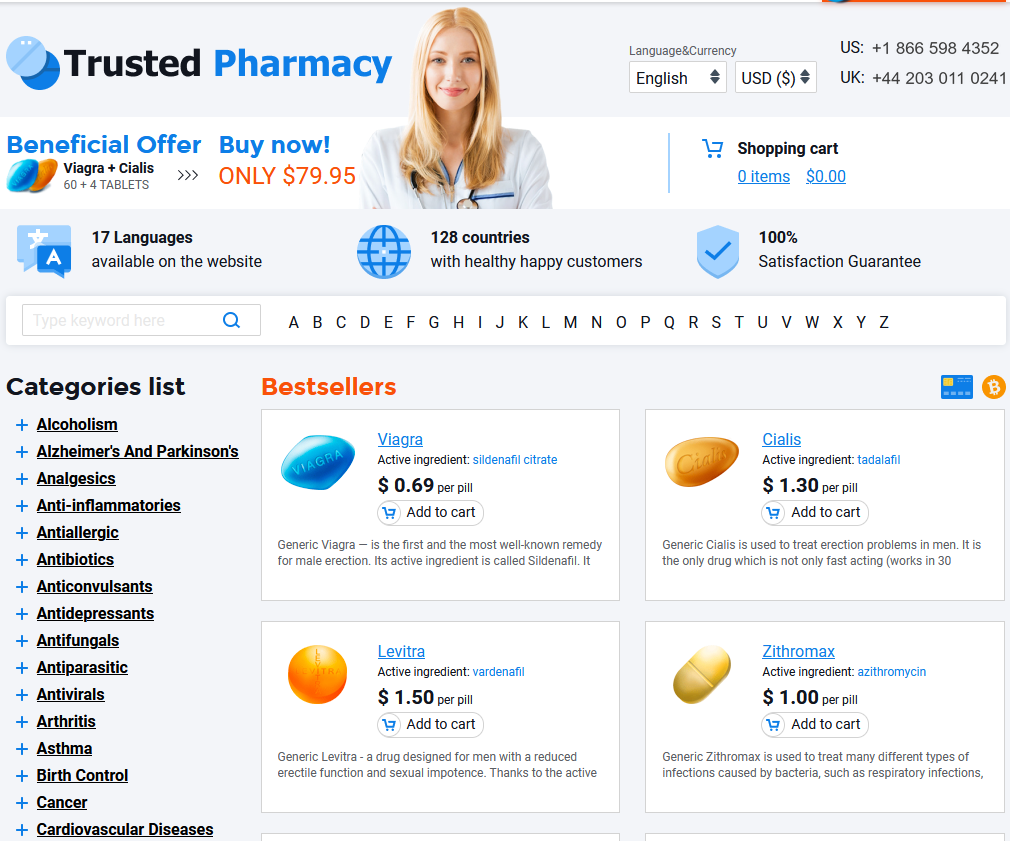To Visit Online Pharmacy Click HERE ↓
Comparing Rybelsus to Ozempic: Key Differences
What Rybelsus and Ozempic Were Designed for
Both Rybelsus and Ozempic have emerged as modern solutions for managing type 2 diabetes, but each took a different path in their development. These medications were created to help people struggling with high blood sugar find better control, especially when diet and exercise alone weren’t enough. Ozempic and Rybelsus harness the power of the same active ingredient to target blood sugar, with unique features designed to meet diverse patient needs.
| Medication | Active Ingredient | Primary Purpose |
|---|---|---|
| Rybelsus | Semaglutide | Type 2 Diabetes Management |
| Ozempic | Semaglutide | Type 2 Diabetes Management |
What sets them apart isn’t the end goal, but the way each was designed to fit into the lives of those living with diabetes.
Administration Methods: Pill Versus Injection Showdown

Choosing between rybelsus and Ozempic often comes down to more than just medical effectiveness—it’s also about lifestyle preferences and comfort. Rybelsus stands out as the first and only oral GLP-1 receptor agonist, offering a daily pill that can be swallowed with water, making it appealing for those uneasy about injections.
On the other hand, Ozempic is administered as a once-weekly injection, which some users may find daunting initially. However, for people with busy routines or needle experience—such as those with diabetes—the weekly schedule can be more convenient than remembering a daily tablet.
Both medications ultimately deliver the same type of active ingredient, but their administration methods profoundly impact daily routine and patient experience.
Dosage Differences and How They Matter
Rybelsus comes in pills taken once daily, usually starting at a low dose and gradually increasing to a typical maintenance dose of 7 or 14 mg. Ozempic, on the other hand, is injected once weekly, with its dosing beginning at 0.25 mg and rising to maintenance doses of 0.5 mg, 1 mg, or sometimes even 2 mg, depending on patient response.
This difference in dosing doesn’t just change the routine—it can shape how users adjust to each medication. The daily versus weekly rhythm may suit different lifestyles or preferences. With rybelsus, missing a single tablet can impact control more quickly than one missed injection of Ozempic. The escalation schedules are also designed to minimize side effects and help the body adapt, supporting safer, more sustainable results.
Effectiveness for Blood Sugar and Weight Loss

Both Rybelsus and Ozempic are known for their noticeable impact on lowering blood sugar levels, but their effectiveness can vary slightly depending on individual needs and preferences. Rybelsus, as an oral medication, has shown significant reductions in A1C levels in clinical trials, although injectable Ozempic tends to edge ahead in both blood sugar control and consistency due to its absorption method. Many people report improved daily glucose readings within weeks of starting either medication, making both popular choices for managing type 2 diabetes.
When it comes to weight loss, both options offer more than just glycemic benefits. Rybelsus has demonstrated moderate weight reduction, offering patients a convenient pill that fits seamlessly into most routines. Ozempic, on the other hand, often produces slightly higher average weight loss, likely due to its potent, long-lasting formulation and weekly injection schedule.
Side Effects: What Users Should Expect
For many, starting Rybelsus or Ozempic can feel like stepping into unknown territory, especially when it comes to side effects. Both medications commonly cause mild digestive complaints like nausea or diarrhea, which may fade with time as your body adjusts. Yet, the experience can be different from person to person, with some noticing only slight discomfort and others requiring closer monitoring by their healthcare provider.
The two drugs share similarities, but certain side effects—such as abdominal pain or potential changes in appetite—may occasionally be more prominent with Rybelsus due to its oral delivery. It's worth noting that rare but serious side effects, including pancreatitis, should prompt immediate medical attention.
Everyone’s journey with these medications is unique, emphasizing the importance of personalized medical advice. Regular follow-ups can help manage any symptoms that arise, ensuring safer, more comfortable progress with Rybelsus or Ozempic.
| Side Effect | Rybelsus | Ozempic |
|---|---|---|
| Nausea | Common | Common |
| Diarrhea | Common | Common |
| Abdominal Pain | Sometimes More Prominent | Possible |
| Pancreatitis (Rare) | Possible | Possible |
Cost, Insurance Coverage, and Accessibility Compared
For many patients, the out-of-pocket cost can be the deciding factor between Rybelsus and Ozempic. While both medications are branded and can come with a hefty price tag, insurance coverage varies. Some insurers may favor one medication over the other due to preferred drug lists or negotiated pricing. This means patients could encounter different copays or prior authorization requirements depending on their plan’s formulary.
Accessibility also plays a role. Rybelsus, being a daily oral tablet, is easier to store and may not require special handling or refrigeration like Ozempic’s injectable pens. Ultimately, the choice may hinge as much on pharmacy benefits and affordability as clinical preference.

